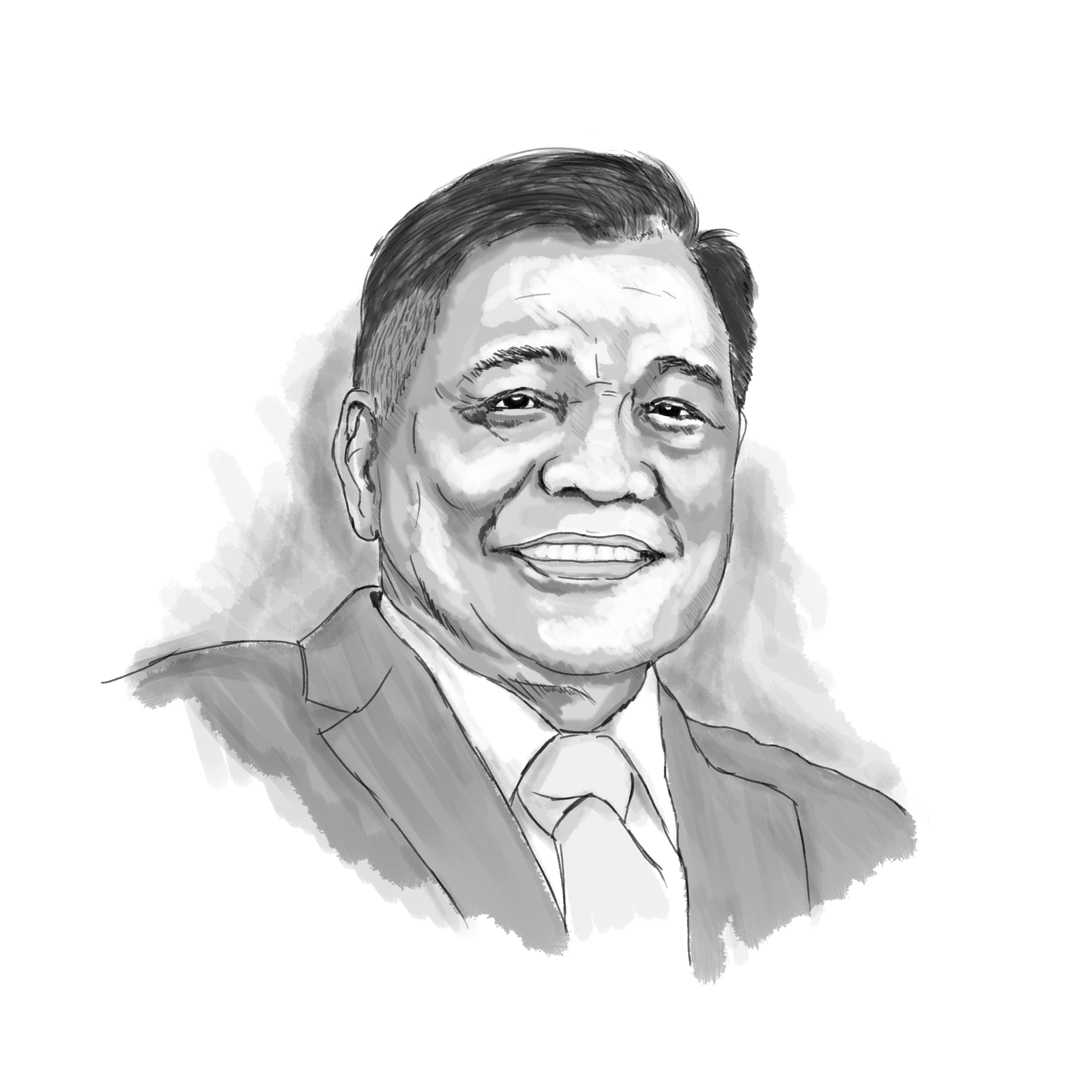FINDING ANSWERS

It’s easy to grasp why motorists in a hurry but stuck in traffic were infuriated at the reason for an unauthorized use of the EDSA busway: “Out of courtesy that the convoy was in a hurry, we allowed it.”
And it’s also easy to understand why Sen. Bong Revilla, earlier mentioned to be in the convoy but which turned out to be untrue, was so mad at Col. Bong Nebrija, the suspended chief of Task Force Special Operations Unit (TFSOU) of the MMDA.
“Unang-una hindi ko kotse ‘yun (First of all, it’s not my car),” Sen. Revilla said. “Kung totoo man na may nasita silang gumagamit ng aking pangalan, dapat ay ginawa nila ang kanilang trabaho na tiniketan ang lumabag (If it’s true that they flagged someone using my name, they should have done their job and ticketed the violator).”
MMDA acting chairman Romando Artes said that Col. Nebrija went overboard not only about the fake news on the senator but in going against the MMDA policy when he allowed the use of EDSA’s innermost lane which is exclusive for the bus carousel and emergency vehicles.
“Sinabi po niya kasi na meron pong polisiya ang ahensya na kapag sakay ang congressman o senador ay pwede bigyan ng courtesy. Mali po iyon (He said the agency has a policy that a courtesy can be given when a congressman or senator is on board. That is wrong),” Artes explained in a radio interview.
The MMDA said that besides the buses and on-duty ambulances, firetrucks and police cars, the EDSA busway could also be used by convoys of the President, Vice President, Senate President, House Speaker, and Supreme Court Chief Justice.
But the Management Association of the Philippines (MAP) is opposed to the use by the country’s five highest officials of the EDSA busway, saying that its restricted access and exclusivity are the “two most important standards governing the operation of the busway and the Bus Rapid Transit (BRT) system” which are “the very reasons the busway and BRT system are the most cost-effective urban mass transit systems in the world.”
Indeed, the carousel buses are there to augment the services of the MRT to ferry commuters who have long suffered from chaotic traffic and the inefficient bus transport system. The left innermost lane dedicated to buses is to ensure smooth traffic flow which could not be attained previously when obstructions, like vehicles turning right, hampered traffic flow.
The MAP has a good point in opposing busway exemptions: “Now that a solution has been introduced with demonstrated effectiveness, it must not be allowed to be compromised or degraded by lax enforcement.”
Lax enforcement has long been decried as a reflection of the “VIP culture” and sense of entitlement prevailing in Philippine society. The public uproar over Col. Nebrija’s “judgement call” in allowing a supposed VIP to use the busway is not surprising.
People have long been critical of the apparent sense of entitlement of many government officials who are given special treatment on the use of our congested roads while ordinary motorists and commuters have to stew in horrendous traffic for hours.
Our government officials who can’t resist a sense of entitlement should always bear in mind what the Philippine Constitution says: “Sovereignty resides in the people and all government authority emanates from them.”
Such sense of entitlement or the so-called “wang-wang mentality” was an issue that the late President Noynoy Aquino tried to eradicate. As soon as he took over the helm of government, he made sure his presidential convoy always stopped at red lights. I remember that even his mother, the late President Cory Aquino, also wanted to follow traffic lights until the security risks became too great amid the coup attempts during her time.
The traffic situation is expected to worsen mainly due to the global trend toward urbanization. The tipping point in the worldwide demographic shift from rural to urban was recorded in 2010 when urban population began to outnumber that of rural for the first time. It is projected that by 2030, six out of every 10 people in the world will be in cities. In 2050, seven out of 10 will live in urban areas.
We saw the trend in the global phenomenon during the late ’80s when I was part of the Philippine Senate. I rallied my colleagues to come up with legislation to address the emerging specter of urbanization – increased population and vehicular traffic, inadequate public transportation, worsening air and noise pollution, urban blight, and many more.
The resulting landmark legislation, the Urban Development and Housing Act (UDHA) of 1992, not only sought to tackle the growing need for decent housing for the poor but also the challenges posed by rural to urban migration and its effects on traffic management and transport systems.
UDHA was envisioned to slow down migration to urban areas by developing other growth areas in various regions. It’s time that UDHA is fully implemented.
It is essential and urgent to plan or replan various strategies to meet the challenges of urbanization not only for now but for decades into the future to spare coming generations from being condemned to suffer needlessly. In the meantime, the unwanted sense of entitlement ought to stop. ([email protected])